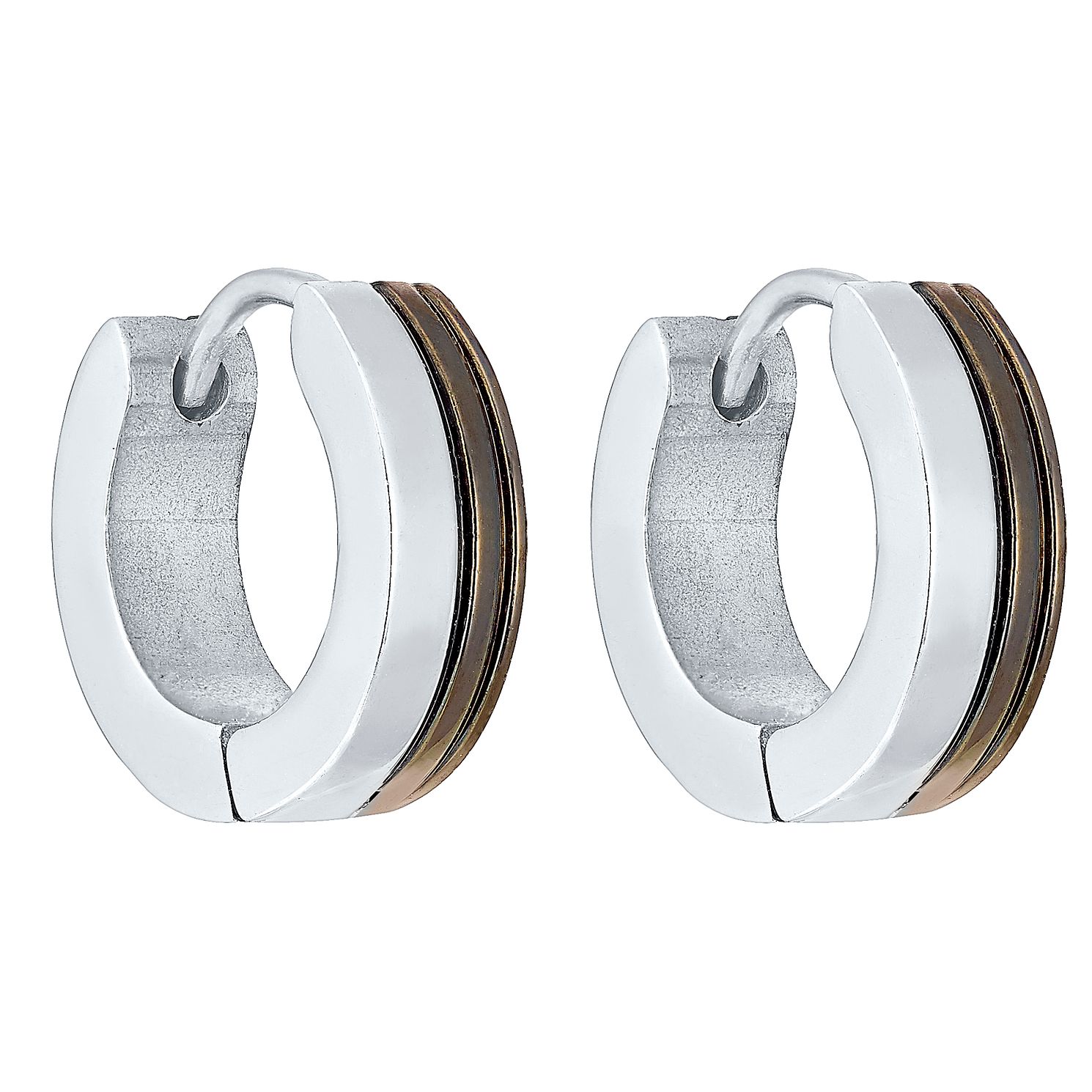
Some commonly accepted types of surgical steel include austenitic 316 stainless and martensitic 440 and 420 stainless. Still, stainless steel varieties with the greatest levels of corrosion resistance are those designated for biomedical use. Sometimes referred to as surgical stainless, surgical steel has no formal definition. Surgical steel is a variety of stainless steel that’s used in biomedical applications. Under certain conditions, like repeat exposure to highly concentrated salt water, even stainless steel will corrode. Still, stainless steel isn’t completely resistant to corrosion. Of the four main types of steel ( stainless, carbon, tool, alloy), stainless steel is known as the most corrosion resistant. If there’s no oxidation, there’s no opportunity for rust to develop. Stainless steel’s chromium content is largely responsible for increasing the alloy’s corrosion resistance - it prevents the iron from oxidizing. Additionally, carbon is a common non-metal additive in stainless steel. Small amounts of other metals like nickel, titanium, and copper may also be present. Stainless steel is a steel alloy, mostly composed of iron and about 10% chromium. If you’ve ever wondered what’s different - and similar - about these steels, you’ve come to the right place.

In today’s post, we’re taking an in-depth look at surgical steel vs.

In the case of metal materials, the characteristics of different materials will show up when they are cut, bent, punch-pressed, and otherwise processed. After all, choosing the best material for a given application is an important step in any project. In our industry, understanding the small, unique differences between different steel varieties is big business. It’s not uncommon to wonder about the differences between different types of steel.


 0 kommentar(er)
0 kommentar(er)
